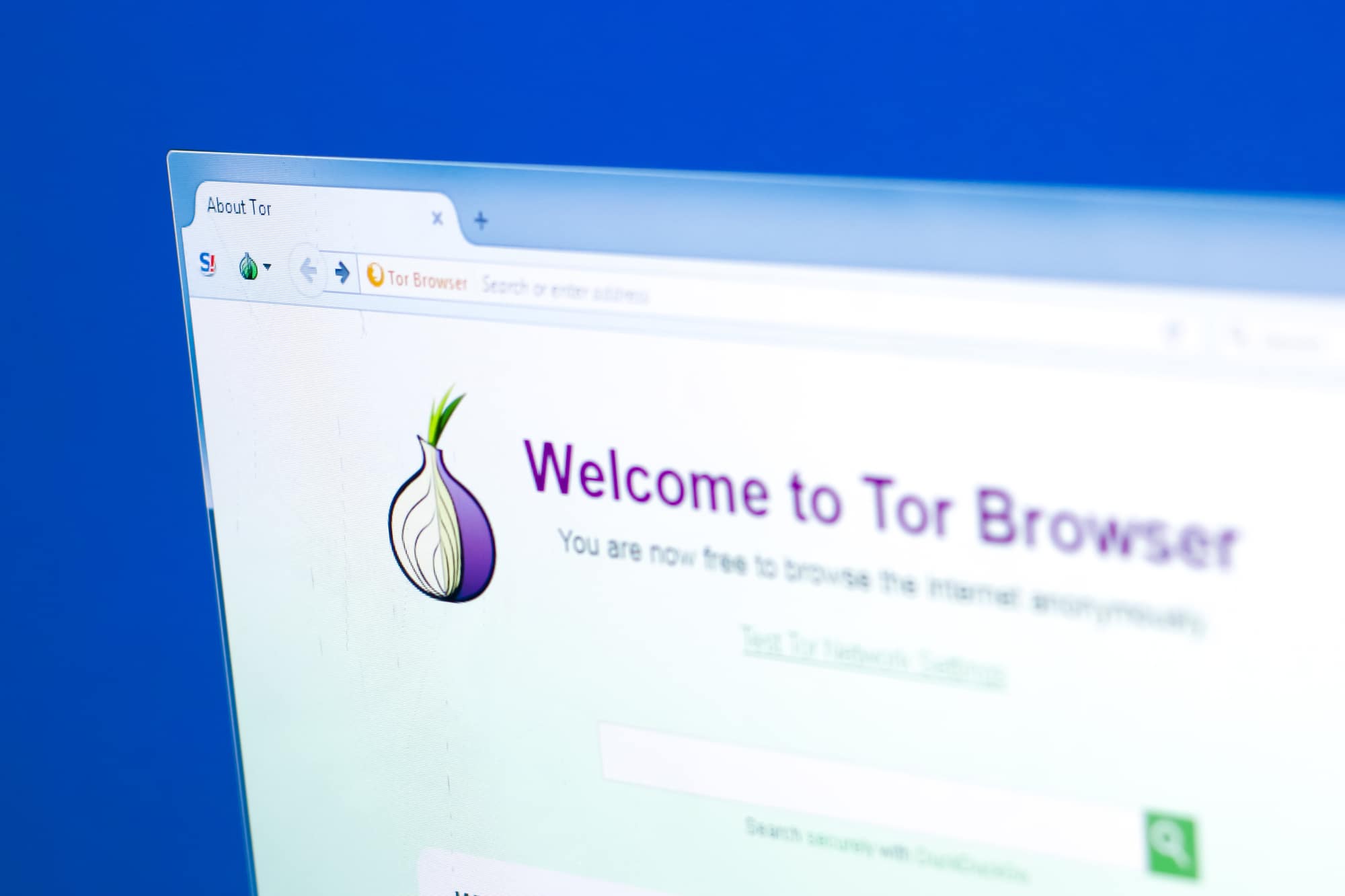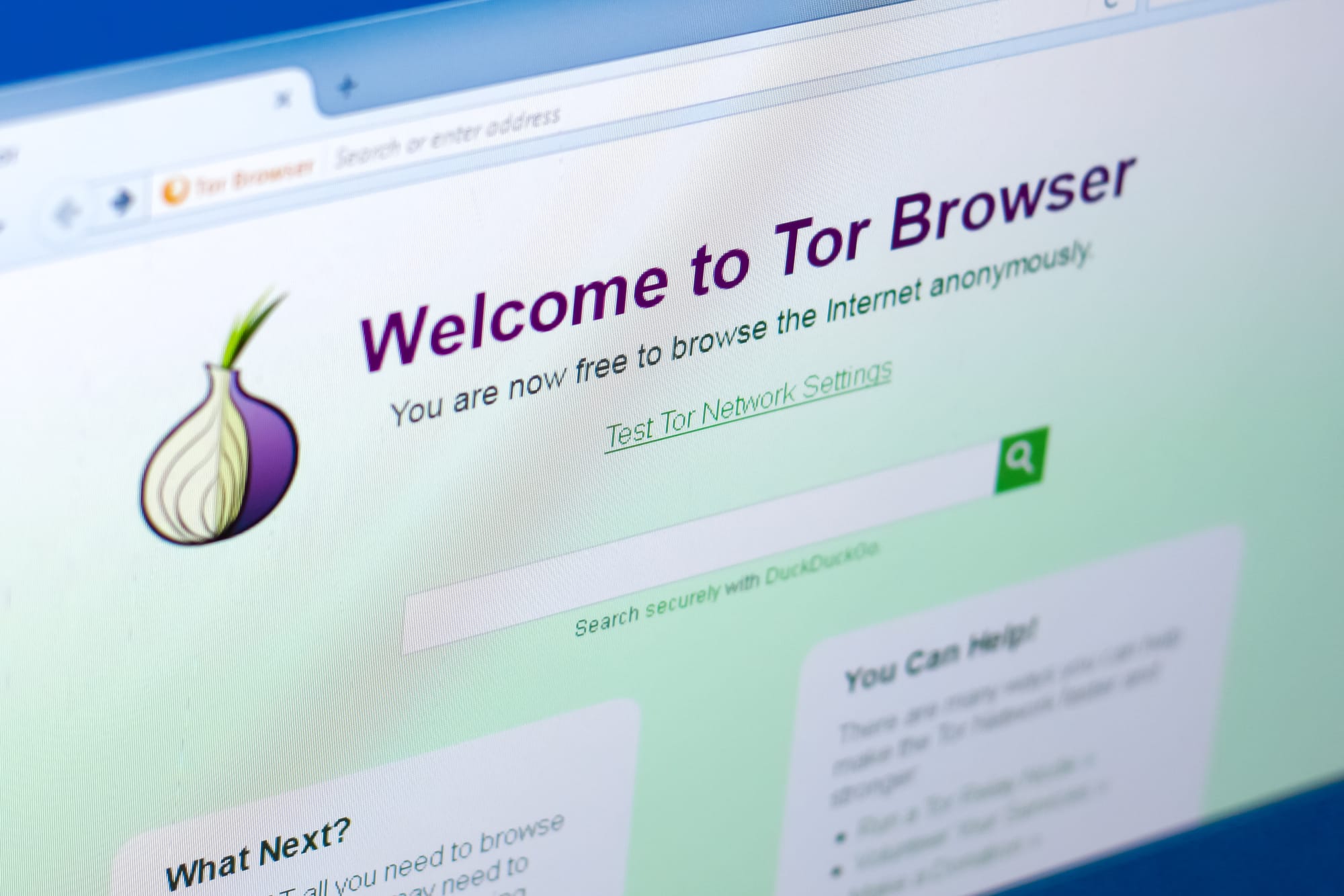
The system is designed to hide the final (target) addresses from the provider, allowing access to network resources blocked by the provider. Additionally, the system conceals the sender’s address from the target resource, making it impossible to locate or block the user. However, both the provider and the target resource can combat Tor by blocking its public nodes. Let’s discuss methods to counter this.
- Using Non-public Entry Nodes (Bridge Nodes)

The flow of information from the user to the Tor network is disguised as encrypted SSL traffic (https protocol), making it indistinguishable. However, the provider knows the initial address where packets are sent – the address of the first node in the Tor chain. As Tor is an open system, all addresses of public nodes are known, and providers typically blacklist and block them. Cryptography experts even consider this a significant flaw in the system. To address this, developers created a subset of non-public entry nodes (bridge nodes). Their addresses can only be obtained manually and in small quantities.
At https://bridges.torproject.org, you can find the addresses of three active bridge nodes (in the format proxy_host:proxy_port, for example, 188.40.112.195:443). This site also provides brief instructions in English on setting up bridges.
If this page is blocked by your provider, you can access bridge addresses via email by sending a request to [email protected] with the subject and line ‘get bridges’ in the email body.
To set up these addresses in your system, you can use the Vidalia graphical interface. Open the interface, click “Settings,” then “Network.” Check the box “My provider blocks access to the Tor network,” enter the first node’s address in the “add bridge” field, and press the + button. Follow the same steps for the other bridge nodes. After setting the addresses, click “OK” and restart Tor.
- Adding an External Proxy at the End of the Tor Chain.

Some resources block or restrict access to visitors using Tor. Unfortunately, this includes Gmail, Wikipedia, Linux.org.ru, LiveJournal, and many others. To enforce such blocking, a list of Tor’s public exit nodes is compiled, and policies to restrict or block entry from these nodes are implemented.
A simple way to bypass this is to add an external proxy server to the Tor chain. There are many such external proxy servers online, and they’re easy to find. It’s important that the server supports SSL traffic encryption (for secure https access) and is preferably located abroad.
After copying the address of such a server in the format proxy_host:proxy_port (see above), find the Polipo configuration file (a filtering proxy server) and add the line parentProxy=proxy_host:proxy_port at the end, where proxy_host:proxy_port is the address of the “external proxy.” Then, restart the Tor Browser.
To check the anonymous channel, use IP analyzer websites (like http://www.ip-adress.com/what_is_my_ip/ or https://fineproxy.org/ip-address/ ). The displayed IP address should match the external proxy server’s address.





